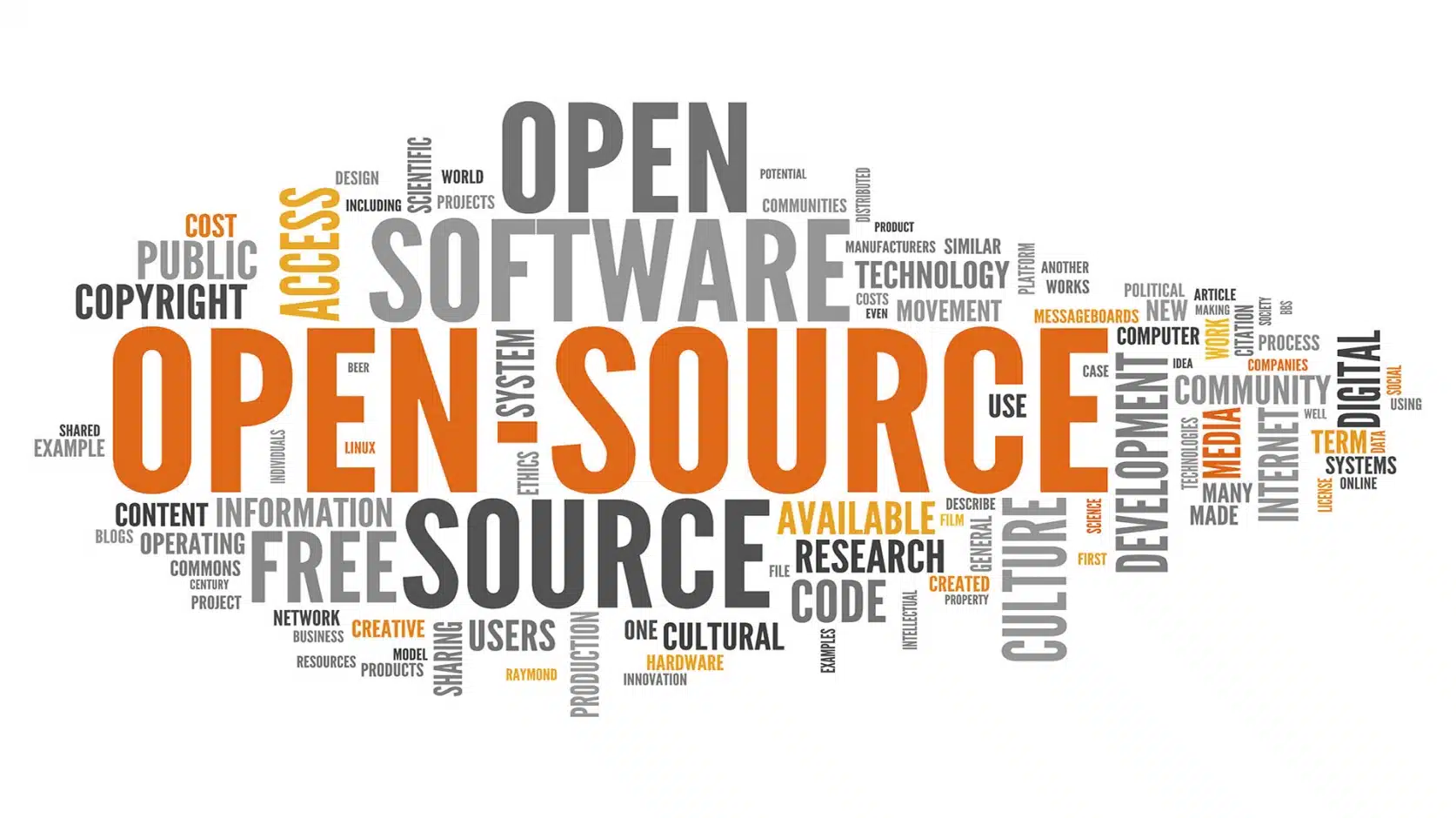
In an attempt to help thwart unemployment fraud – estimated to have been as much as $87.3 billion nationwide — California assemblyman Jordan Cunningham (R-Templeton) has put forth AB 2781, which is intended to instruct California’s Office of Digital Innovation to “study the feasibility and appropriateness of the Employment Development Department (EDD) utilizing blockchain technology for the purposes of identity verification and fraud prevention.”
California isn’t alone, or even first. “In 2017, the Estonian government set up an E-resident system based on the Ethereum blockchain,” according to the website Cryptopolitan. “In the same year, the Republic of Georgia started using a blockchain land register system. The innovation was reported to be highly effective as it reduced costs by 90% and corruption significantly decreased.” But it may be among the first to accomplish the task in the United States.
The technology would be used to verify the identity of individuals before unemployment insurance benefits are disbursed, Cryptopolitan writes, noting that, the bill is being reviewed by the legislature’s Privacy and Consumer Protection Committee.
Blockchain and Identity Management

The point of distributed ledger technologies, such as blockchain, is that they provide what proponents say is a more secure way of identifying and verifying people. “The decentralized nature of record keeping in combination with encryption of data provides users trust, traceability, and security for exchanging their data and/or assets,” the EC continues. “There is high potential for blockchain to be used in many different areas such as in financial services, supply chains, energy, healthcare, and the public sector.”
A number of organizations worldwide are looking into the more general issue of defining digital identities to make it easier for people to interact with businesses and government organizations securely and safely.
“Blockchain technology allows people and organizations who may not know or trust each other to collectively agree on and permanently record information without a third-party authority,” the European Commission writes in its Digital Strategy document. “By creating trust in data in ways that were not possible before, blockchain has the potential to revolutionize how we share information and carry out transactions online.” It specifically calls out identity management as one of the use cases.
Similarly, the World Economic Forum has also been studying the issue of digital identity. “The heart of the problem is that individuals and organizations must be able to trust that others are who they claim to be in every online transaction,” the organization writes. “For that, they need a more useful, valuable, trusted, private, and secure way to reliably identify themselves and the entities related to them in the online world. In short, organizations need to reimagine and transform the way digital identities are managed today.”
Unemployment insurance isn’t the only area looking at blockchain technology for identity verification. It’s also being considered for help with hiring in general, writes Emily He in Forbes. “The current state of the art is that job applicants share their resumes with a target employer,” she writes. “If that company decides to proceed, a long, onerous, and expensive process of confirming past employers, degrees, and references listed on the resume ensues. Depending on the company, there will also be checks to credit and legal status. That process of chasing and verifying a scattered set of facts about a person’s professional life can take weeks, even months. With readily available, verified, and tamper-proof records, hiring can be done much faster.”
Using Blockchain for Unemployment Insurance Identity Verification
Exactly how California could use blockchain for unemployment insurance identity verification isn’t entirely clear. After all, that’s the point of the legislation: to have the Office of Digital Innovation look at it and see
While California isn’t the first state to look at blockchain technology for something — 33 states and Puerto Rico had enacted legislation or had pending legislation addressing the use of blockchain technology and/or cryptocurrency, while Arizona, New York, North Dakota, Pennsylvania, Maine, and Puerto Rico already have proposed legislation regarding a blockchain and cryptocurrency study committee, according to a blog post by the law firm of Fisher Phillips – it may be the first time it’s been proposed for use by a state agency, the firm writes.
“Regardless of the outcome of this specific proposal, it is significant because it creates another potential avenue for the mainstream adoption of blockchain technology – this time through the use by state agencies,” the organization writes. “If California is considering the use of blockchain technology to address unemployment fraud, could other agencies follow suit?” the firm writes. “Could we see the use of blockchain tech by state agencies to verify wage payments or examine the validity of employment contracts or arbitration agreements?”
It’s unlikely that blockchain can be used for unemployment insurance identity verification anytime soon, but it’s a start. Moreover, once one state starts, the others will be able to use that state as a model, Fisher Phillips writes.
“California (and Silicon Valley in particular) prides itself as being on the cutting edge when it comes to technology and innovation,” the firm writes. “It seems likely that if the use of blockchain technology by state agencies is going to start anywhere, it’s going to start in California. As we know what starts in California often sets the trend and spreads elsewhere.”





